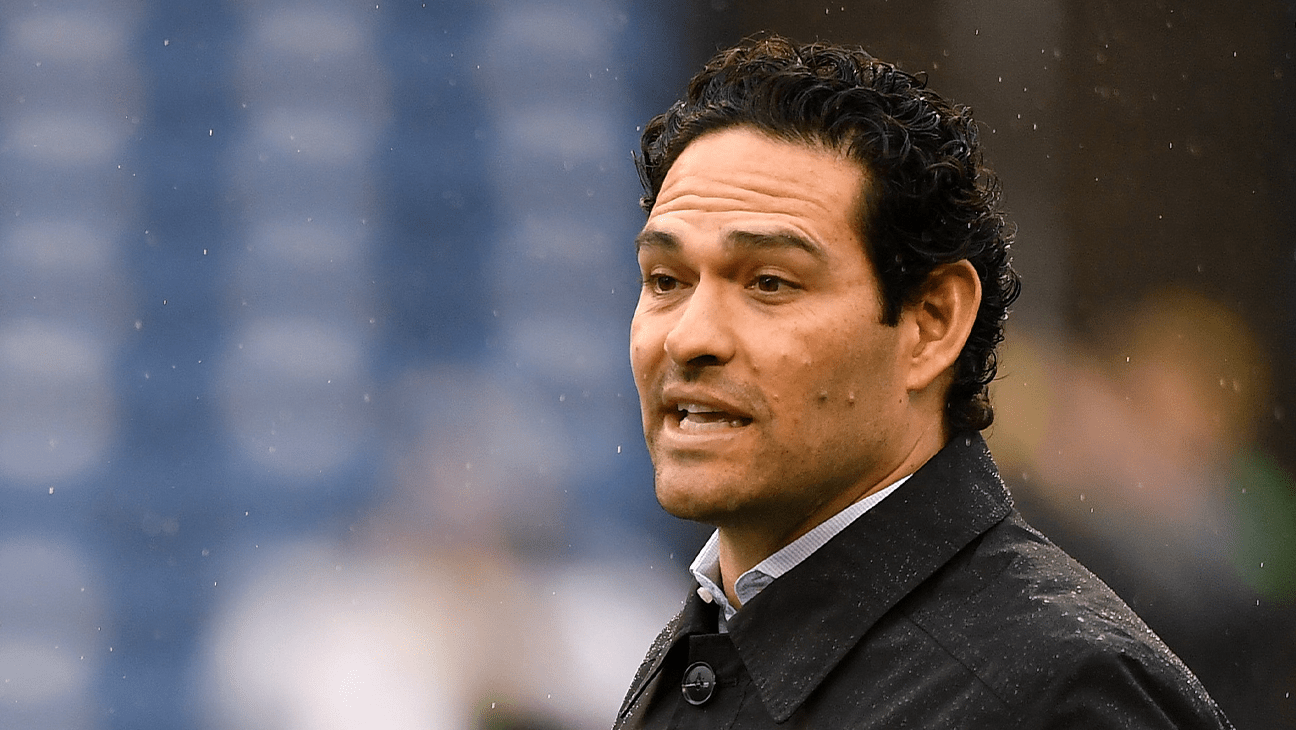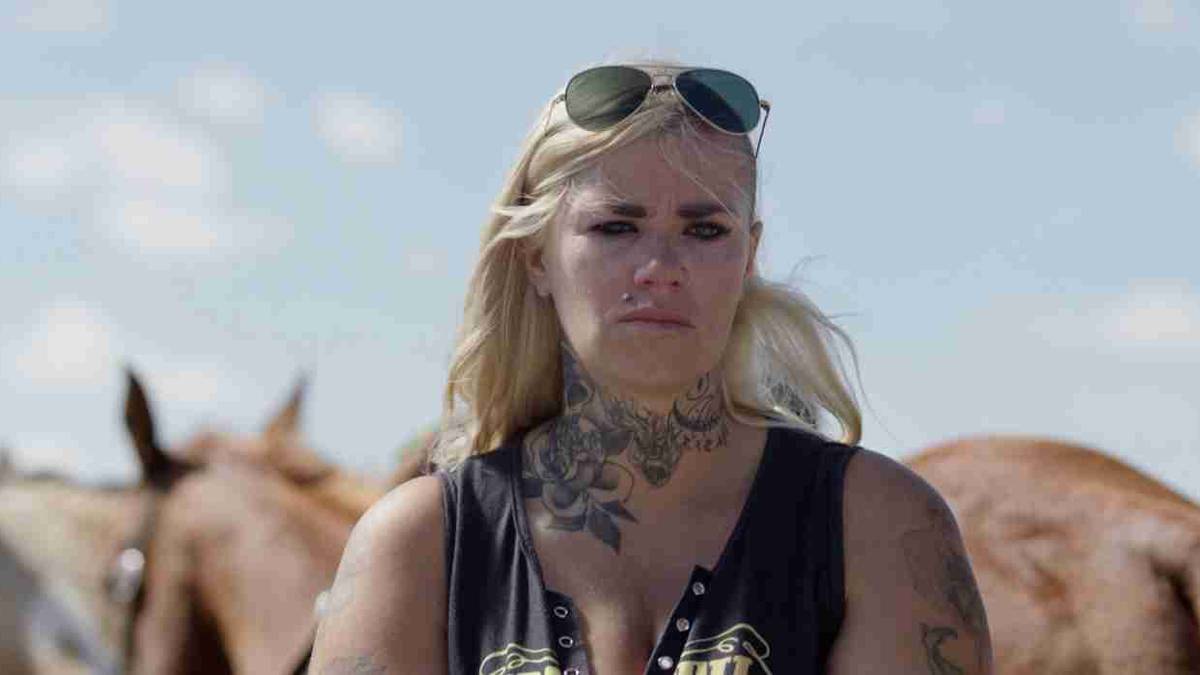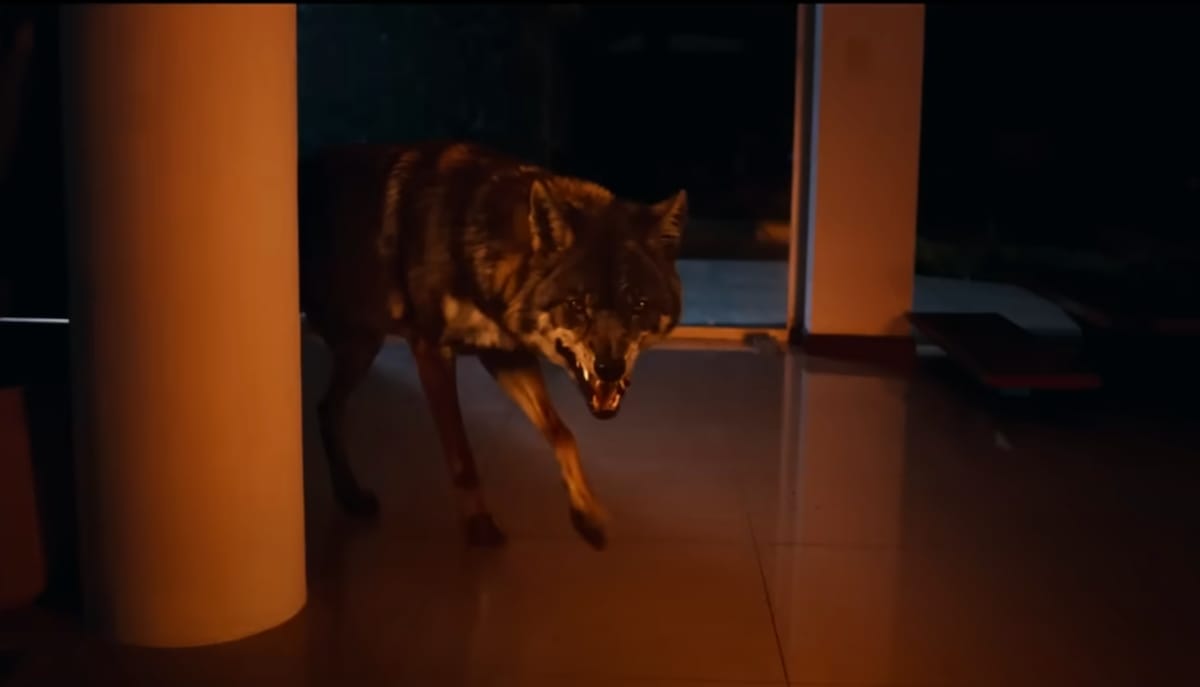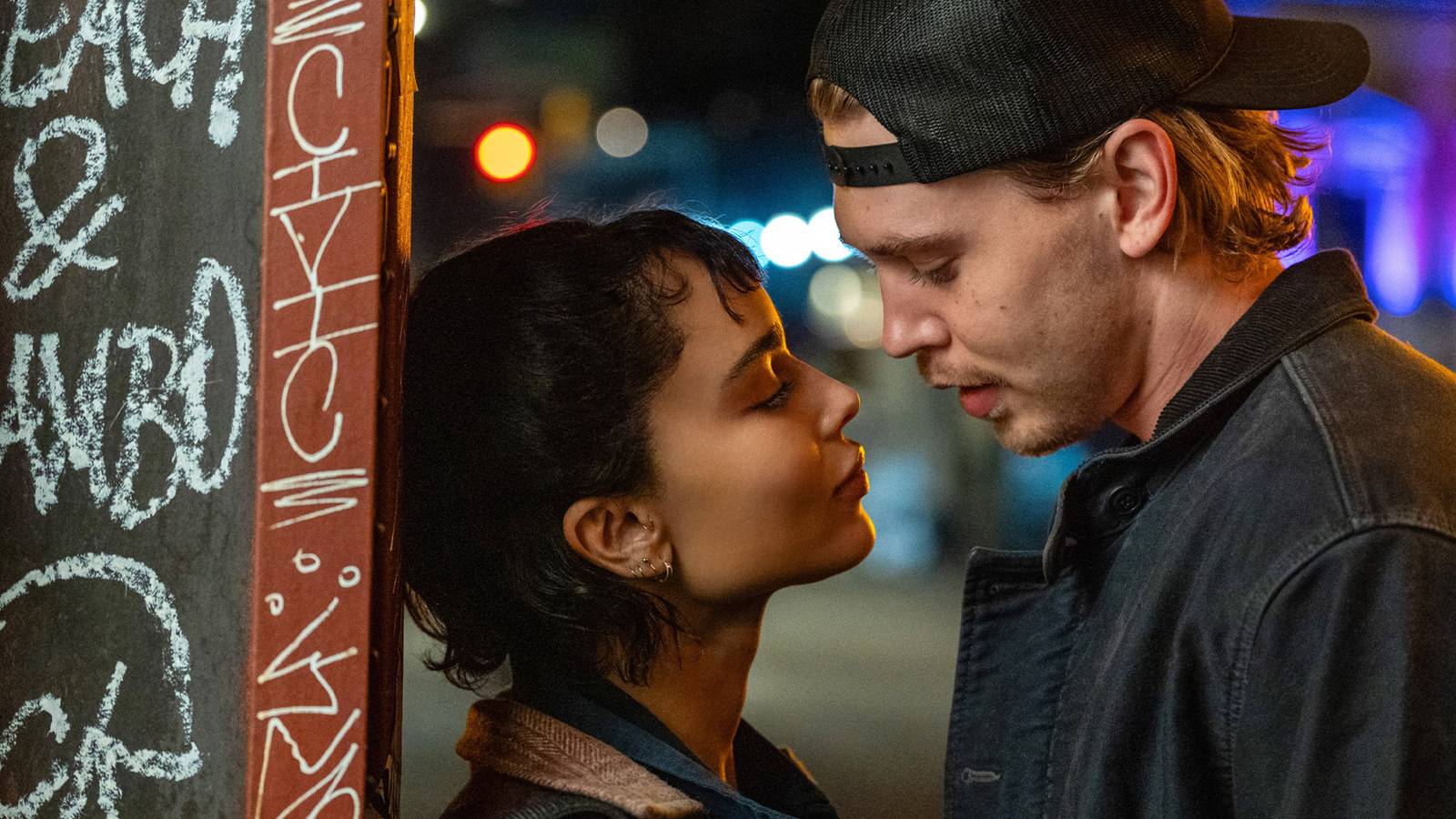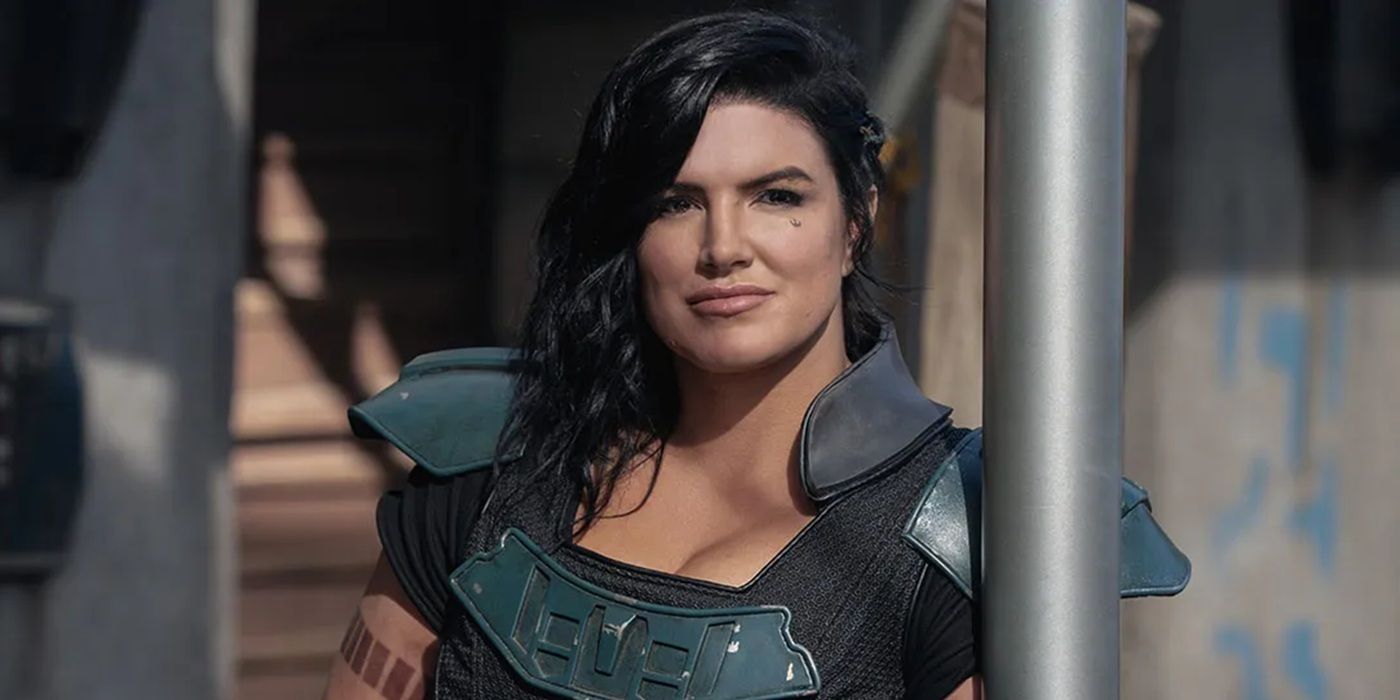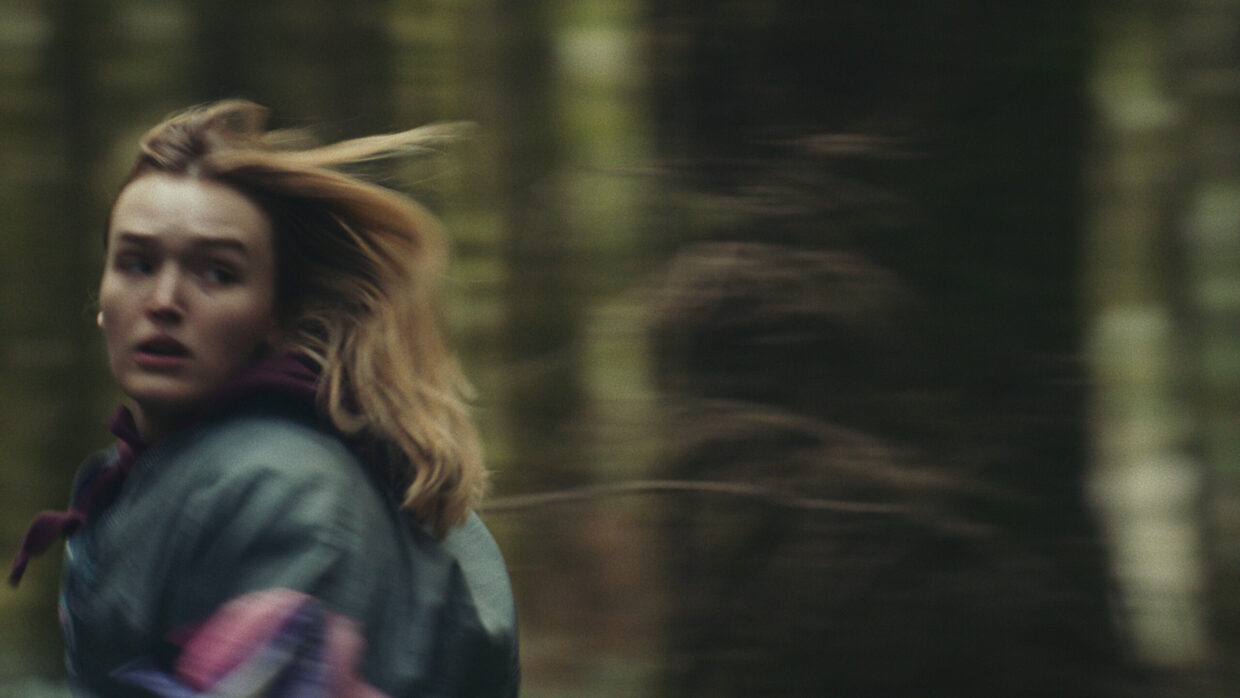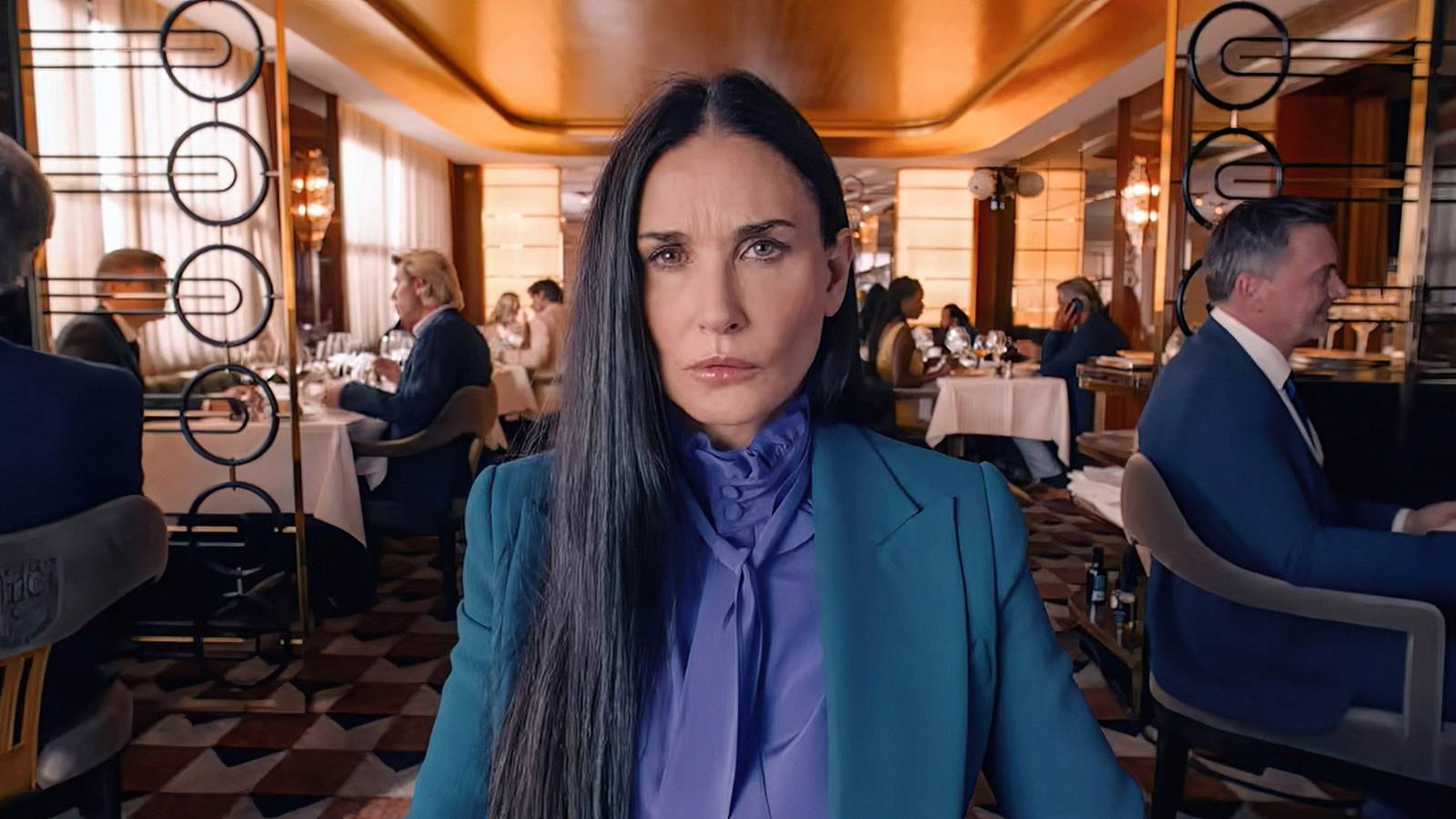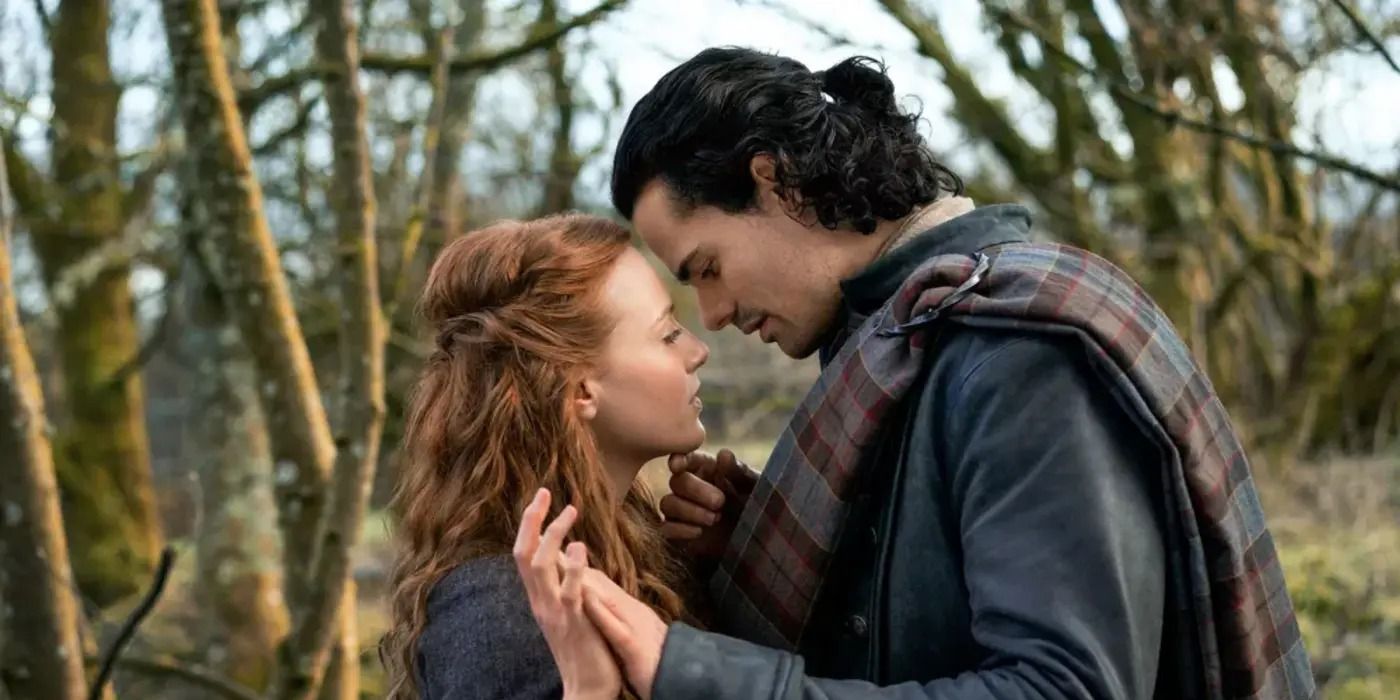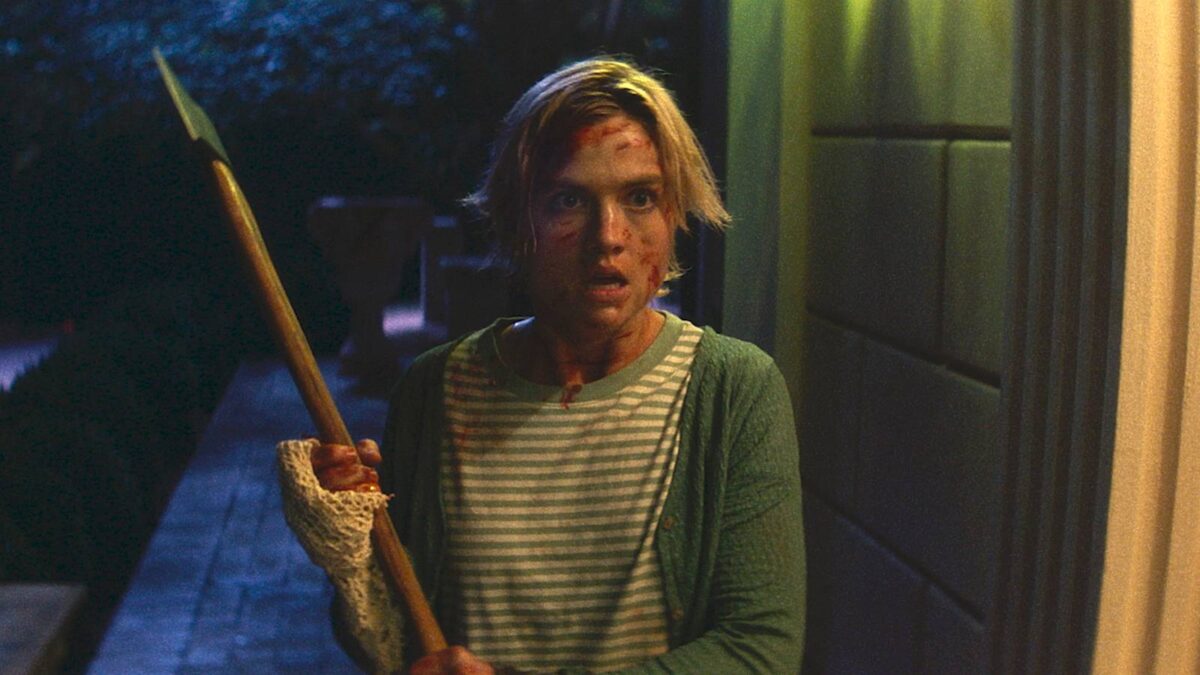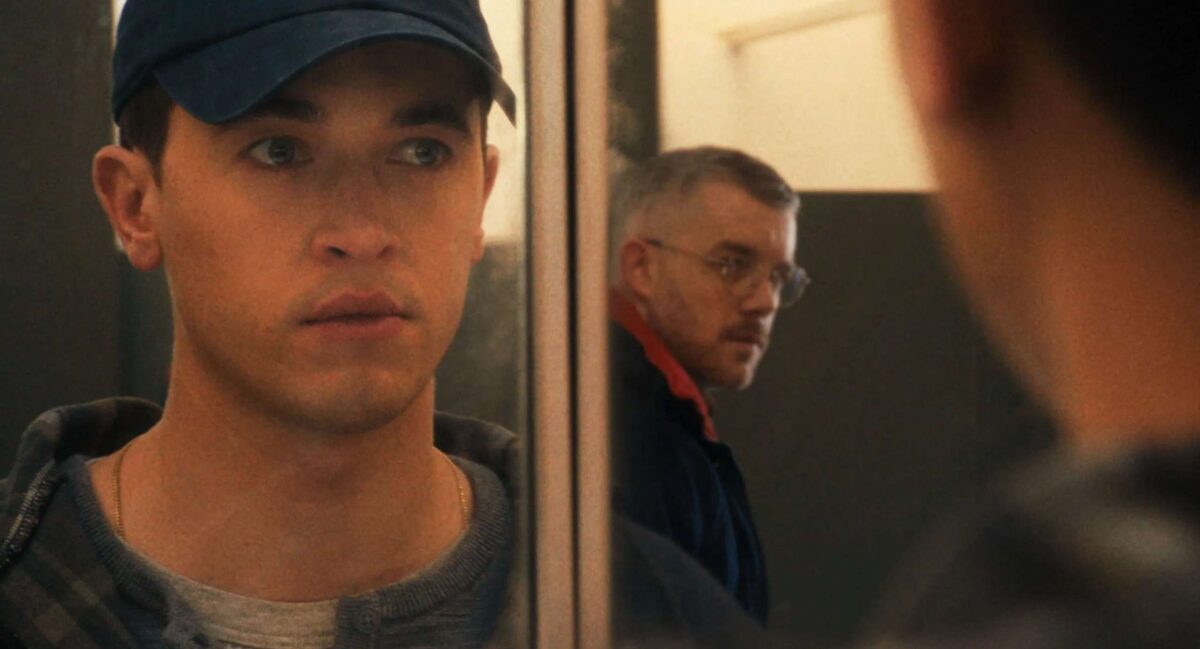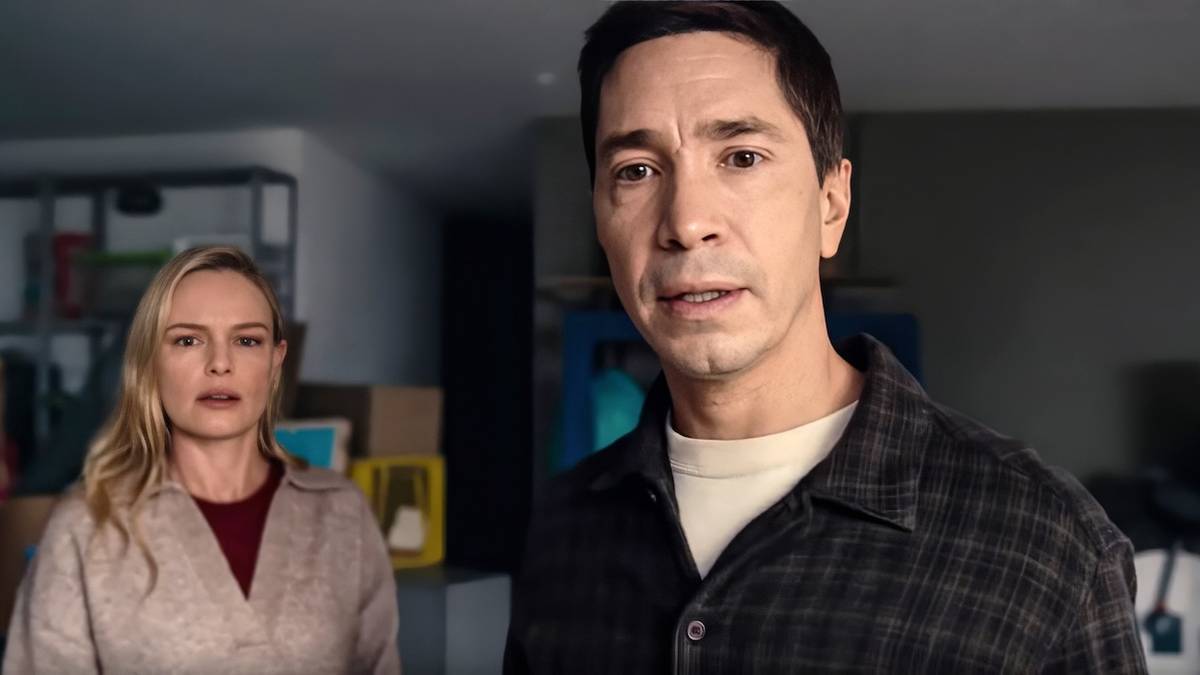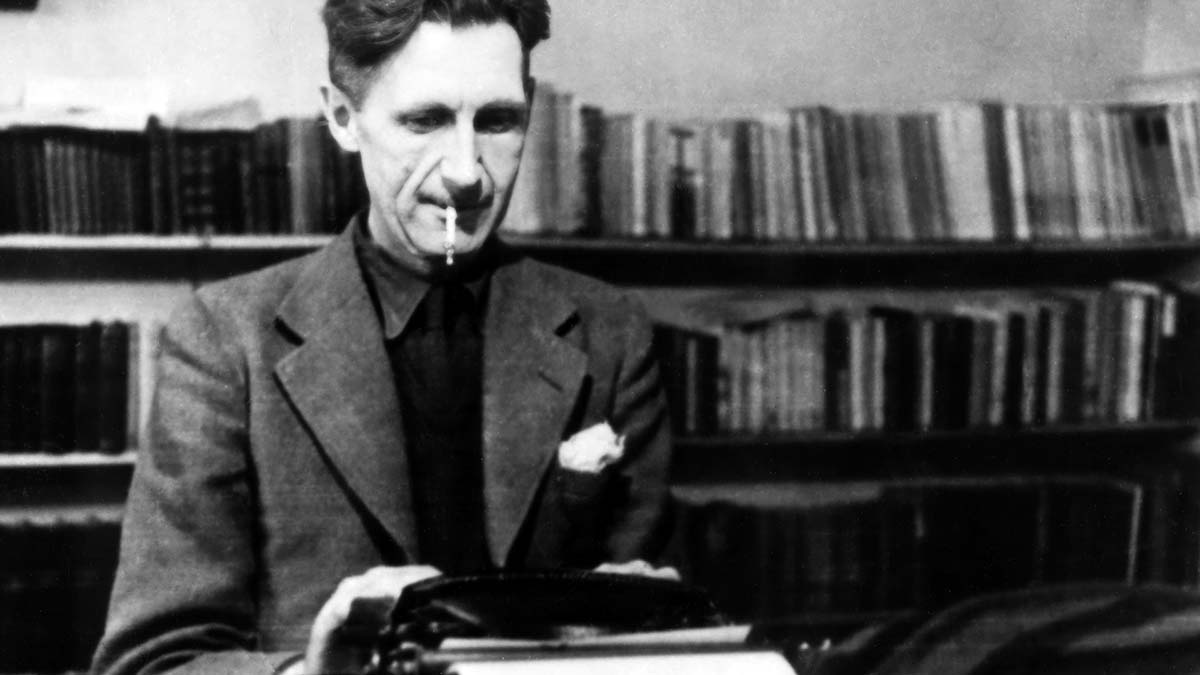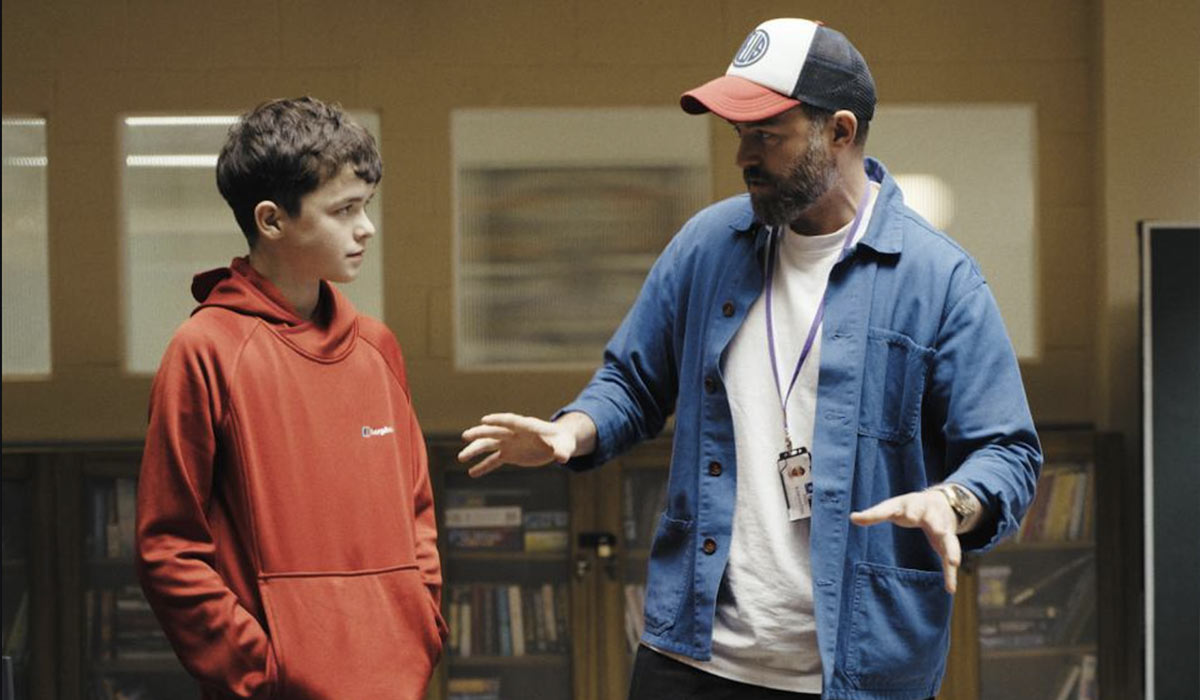
If We Weren’t Going To Do It In One-Shot, We Weren’t Going To Do It At All
Jun 26, 2025
Somewhere in the U.K., Philip Barantini is currently directing the new “Enola Holmes” movie. That’s a pretty high-profile Netflix gig, but after the success of “Adolescence,” he might have been doing the streamer a favor. The first two were written by Jack Thorne, who wrote the Netflix series that has become the second most-watched program in the company’s history and one of its most lauded. Maybe he’ll turn “Enola Holmes 3” into something special, but he should be preparing an Emmy acceptance speech.
READ MORE: Erin Doherty on “‘Adolescence”: “It was everything I hoped it would be” [Interview]
Set in a working-class town in England, “Adolescence” is four hour-long episodes of each of which is shot in one continuous take. The story finds young Jamie Miller (Owen Miller), arrested in the early morning, accused of stabbing a fellow classmate. His father, Eddie (Stephen Graham, also a co-writer and producer), accompanies him to the police station, trying to wrap his head around what happened. Weeks later, in the third episode, Jamie has a psychological evaluation with Briony (Erin Doherty), as justice is right around the corner.
During our conversation last month, Barantini did a deep dive into the difficulties of not only setting up a true one-shot (no stitches allowed) but pulling an acclaimed performance from a first-time actor such as Cooper, who was just 14 years old at the time. if you thought you knew everything behind-the-scenes of “Adolescence,” this Q&A will prove you wrong.
This interview has been edited for length and clarity.
____
The Playlist: When I spoke to Erin, she mentioned that Steven had brought this up to her as an idea he had in January 2024 and that it hadn’t even been written yet. And then, five, six months later, it was in the process of being shot. How did it come to you, and how did it happen so quickly?
Philip Barantini: Yeah, I mean, it came to me way before that. It came to me through Plan B, who approached me after “Boiling Point“ had just come out, and they asked me if I’d be interested in doing something shot in one take, but in a TV space. And I was equally terrified and very excited by it. And then they said, “Look, go away. Have a think about an idea, and then come back to us when you’ve got something. Take your time. There’s no rush.” But I could not stop thinking about the idea and the thought of doing something in this way. And they said, “Speak to Steve and see if he’s interested in doing it with us.” So, I then went to Steven and said, “Look, Plan B, want to do something in one take in the TV space.” And then we were sitting in the back of a car on our way to somewhere, I think it was an event for “Boiling Point,” and we just sort of came up with the idea. Steven was offloading all of this stuff, and he just had an idea. And, over the years, there’s been these stabbings of these teenage girls. Being stabbed, killed by these teenage boys, really. And we both were asking ourselves, “Why is this happening?” And we thought that’s maybe a subject that we can sort of put a bit of a magnifying glass on and shine a light on and see. So, that was the sort of spark of it, really. Then I wrote down a one-pager, and we sent it to Plan B. They loved it. And then we got Warp Films on board, and then we got Jack Thorne on board to write it with Steven. This was in 2021, I think. It took a couple of years to develop it, and we were developing it. And then, yeah, we got the green light from Netflix, and it all happened very quickly after that.
Was it always intended as just four episodes? Did you think of it as something that could be longer?
Well, I think Plan B wanted it to be a bit longer, but we set on four episodes because we knew we wanted to show four windows of this time span over 13 months of this story. And so four chapters felt right for us. I think any more than that, and then it starts to become a bit of a trope as well, the one-take thing, and it can become a gimmick. And also, we didn’t want this story to be conventional with a one-take format. You have one hour in real time per episode. You can’t play with time because it’s there. It’s in real time. So it was a really thought-out idea. And yeah, we settled on four episodes quite early.
Working with Jack, did the locations change the story? So you have those one-takes, you’re going through the school, you’re going through the neighborhood, you’re having to plan this out. Did that change at all what you guys may have thought would happen in episode two, especially the ones in the real world as opposed to the ones on an interior set?
Well, exactly that. I mean, look, even the ones on the set, we built the police station in the studio, but there was talk early on about trying to find a real police station. But again, the logistics of the script was very specific, and we knew, let’s just build the police station to the script. And so we did that. But then you have to find a house that’s now three minutes’ drive away and no more because we timed the script and we timed very, very meticulously. What does it do if we go four minutes? Well, especially with one camera inside the car, you don’t have many choices. You’ve got three faces to look at, and not much is being said. But with the school, it was very different because Jack had written this beautiful script in this specific school that he plucked out of his head, and it’s such a big space.
And we’re inside, we’re outside, we’re flying drones, we’re jumping out of the windows. We knew we had to find a real school for that one. So, we found a school and it was about 10 minutes away from where the studio was, so we could still have our base there. And so we found this school, and then Matt Lewis, my cinematographer, and I went to the school and we started to plan out the moves and the route, really. And we then had to go back to Jack, and we filmed it on an iPad, and I played all the characters. So, I would go, and it was almost like I was a presenter presenting this to Jack, and I would be like, “O.K., so this bit, we are going to go through this door and then he’s going to do this, and then this is when he says this.” And then I would play the role, and then we’d come out, and the camera’s going to move around there. We sent that to Jack, and we went, “Look, this is our school. These are the rooms that we think we want to use. Can you please rewrite the script so that it fits?” And we went away and did that. And even when we were in prep on episode two, there was a moment originally in that school that we actually used — there’s two separate blocks of the school, and there’s a walkway that takes you outside and it takes you from one block to another block. And originally we planned to go outside from one block to another, and we had an idea of all the kids playing football and being outside.
And so we could have all these, and Detective Sergeant Frank (Faye Marsay) just walking through it into this other building. And then it was like, but then they’ve got to walk back. And sure enough, when they’re walking there, they’ve got lots of things to say, but when they’re walking back, there’s not much to say. So, it would be a really dead space for just that little bit too long. I like dead, dead space. I like silences. This just felt unnatural, not unnatural, because people do obviously walk without talking, but it just didn’t feel right. So then we decided quite late on that, that we were going to just use one building and we’d go up the stairs and down and we’d repeat a couple of routes, but it had different routes, but the same areas. And so that was tricky. Episode two is the trickiest episode. It was logistically quite full on.
Did you have as much time with that episode as you did the other ones? And by the way, I keep referencing Erin, but she’s the only actor I’ve spoken to, and she had talked about the fact that it was twice a day for five days, and so basically 10 times. Was that the setup for every single episode?
It was, yeah. The setup we had was three-week blocks. The first week was what we call the cast rehearsal, which was just me and the cast and any sort of key people that needed to be there, very minimal people. And the idea was we broke the script down into beats. So, we’d rehearse the first beat, and then we’d rehearse the second beat. We’d build it up really in layers until we get to the end of the script. And then we’d go back and we’d try and do the whole thing in its entirety, and we’d be making notes and Matt would be following with his iPad again. And then we’d just keep doing it in the first week. And then the second week was the tech rehearsals. Then everyone comes in, all of the crew, because now that we’ve got the moves and we know where the actors are going to be, and now the sound team can come in, and then they can go, “Right, we need to put our booms there. Is there any way we can change that move, or can we get around this side?” Things like that. So, the tech week was very meticulous. We’d stop and start, and we’d stop and go, “Everybody happy,” let’s move on. O.K., this network beat.” And we’d do it until everyone was happy. And if someone had a problem with something or someone needed something else, then we would work it out in that moment. And then by the end of that second week, we would then do a dress rehearsal on the last day. So everyone, all the actors, would get changed. And we’d then do a full dress rehearsal. And then on the shoot week, we do it twice a day for five days.
In the second episode, you’re basically enclosed at the school except for the part where they leave at the end, and the drone happens. And then the third episode is enclosed for the most part. And in the fourth episode, you’re going through real life, and in the first episode, you’re at their home, and you’re going to the fake police station. So, for three weeks in someone’s neighborhood, you guys were basically closing it down twice a day. Were those neighbors ready to kill you guys by the end?
Well, yeah, it was 12 weeks in total, but we stayed in the same town the whole time, so we used all of the locations in the same town. So, for 12 weeks, it was like a circus had come to town, and this town has never been filmed in before. They embraced it really amazingly. And when we were on the street in the house in where the house is, we’d have roads blocked off and things like that, but all the neighbors would come out and we got to know all the neighbors, and there was all the young kids. And it was the middle of summer, so once a week, I’d get an ice cream truck to come along and we’d just have ice creams and all of the neighbors would come out and have ice creams with us. And it was lovely, and I’m sure we pissed a few of them off. But that’s just generally what happens when filmmaking anyway, when you go to his neighborhoods and things.
I’ve been to the UK many times, but I’m also a stupidly naive American and assumed that this was just like a suburban town that you shot in outside of London, but it wasn’t?
It’s about half an hour from Leeds. It’s a small town called Pontefract near Wakefield, which is in Yorkshire. It’s a very small town. And we got to know, I think, pretty much everyone in the town.
Was the idea to do it there because you wanted to tell a certain story about the Middle America version of the UK?
Well, yeah, working class. That was exactly what it was. We looked at various places all over the north of the UK. We knew we wanted to set it in the north of England and not in the South, not in London. We wanted it to be the north. And so we looked at various different areas, and then we came across this place because the studio that we ended up using, it’s never really been used for filming before, but it’s one of the most state-of-the-art studios that I’ve ever worked in. And the reason being is it’s used for huge artists like the Rolling Stones and people like that, when they go on tour, they need a space to rehearse the whole tour. So, they rehearse in this space. Every band across the world has rehearsed in this place. This little town in Pontefract in Wakefield has been in this. When we walked in, it was like you had all these big artists. Coldplay were rehearsing in there one week, and every week there was a new big, big artists. And so it was incredible. And actually, the town around it is very suburban and very working class, so it was perfect.
Publisher: Source link
Erotic Horror Is Long On Innuendo, Short On Climax As It Fails To Deliver On A Promising Premise
Picture this: you splurge on a stunning estate on AirBnB for a romantic weekend with your long-time partner, only for another couple to show up having done the same, on a different app. With the hosts not responding to messages…
Oct 8, 2025
Desire, Duty, and Deception Collide
Carmen Emmi’s Plainclothes is an evocative, bruising romantic thriller that takes place in the shadowy underbelly of 1990s New York, where personal identity collides with institutional control. More than just a story about police work, the film is a taut…
Oct 8, 2025
Real-Life Couple Justin Long and Kate Bosworth Have Tons of Fun in a Creature Feature That Plays It Too Safe
In 2022, Justin Long and Kate Bosworth teamed up for the horror comedy House of Darkness. A year later, the actors got married and are now parents, so it's fun to see them working together again for another outing in…
Oct 6, 2025
Raoul Peck’s Everything Bagel Documentary Puts Too Much In the Author’s Mouth [TIFF]
Everyone has their own George Orwell and tends to think everyone else gets him wrong. As such, making a sprawling quasi-biographical documentary like “Orwell: 2+2=5” is a brave effort bound to exasperate people across the political spectrum. Even so, Raoul…
Oct 6, 2025
